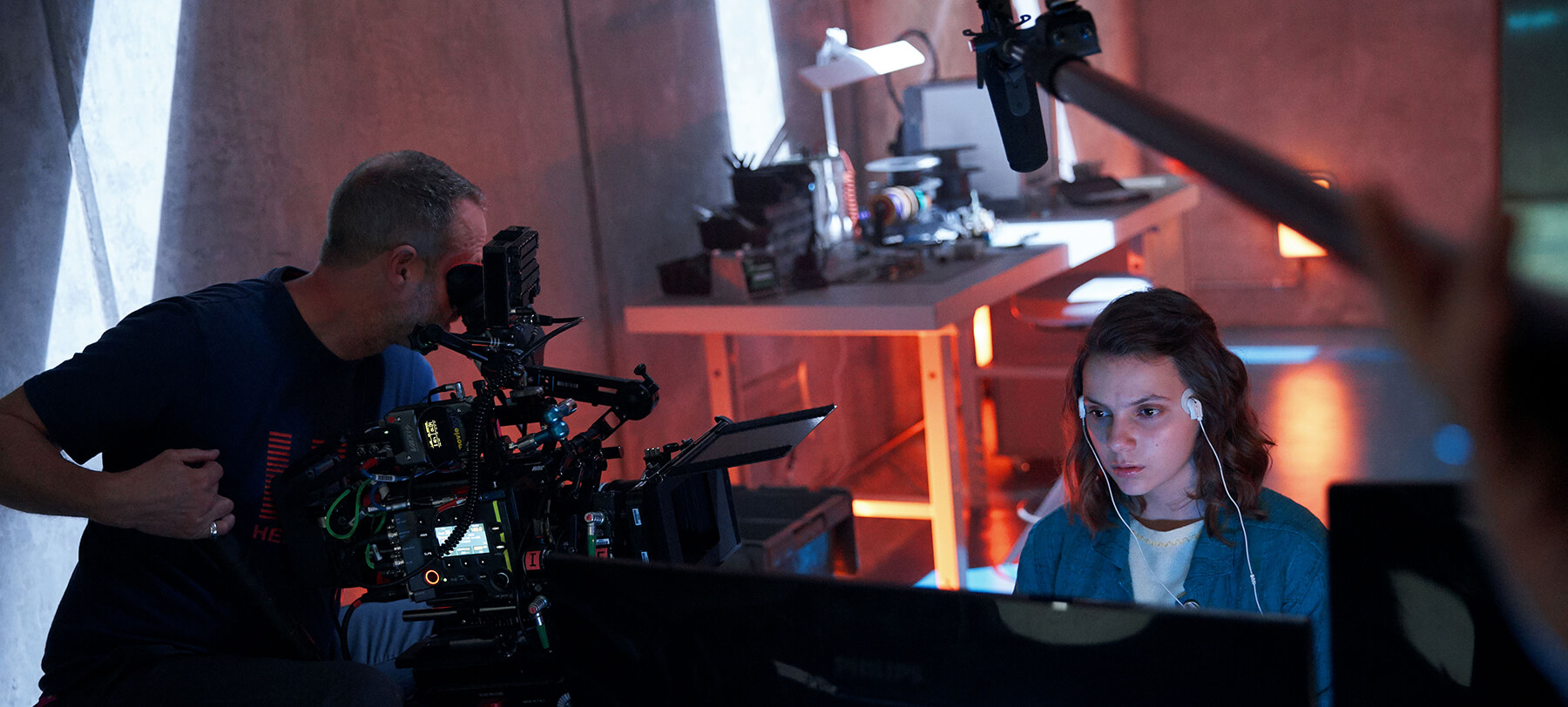En vain saa oikein koppia siitä että miksi minun pitäisi keinotekoisessakin maailmassa häikäistyä auringosta kun oikeassakin ottaa päähän ja kaivaa aurinkolasit esille

Tässä jotain pointteja, eli kirkkaiden kohtien värimaailma on kai parempi, eli ne eivät "pala" eli se väri ei ole pelkkää valkoista. Dolby Vision esim. tarvitsisi tuon 1000 nitsiä.
Vaikea kuvitella, että se perusvaatimus Dolbyltä olisi hatusta heitetty ja tarkoitus on vain ihmisten näön ärsyttäminen.
Henk. koht. en ole katsonut elokuvia pilkkopimeässä kuin elokuvateatterissa, ja jotain urheilua en ainakaan katso.
"For many, though, the gold standard is
Dolby Vision, which necessitates a contrast ratio of 200,000:1 and a display brightness of 1000 nits."
-
"“When we’re talking about displays, viewing environment is extremely critical. The brightness of a Dolby Vision HDR projection in the cinema is only around 130 nits, but that’s because you’re in a very dark environment. If a cinema screen were 1000 nits, it would be unbearable. In colour science, there’s a branch that covers ‘perceptual engines’. These algorithms try to preserve creative intent, adapting the picture to different viewing environments. Providers like Dolby and Colorfront are working hard here.”"
-
"Certainly, there’s joy to be had from a wider gamut and the dynamic range, both for a viewer and those in all departments. “Viewed in HDR, a piece of paper may be 250 nits, while something that reflects 100% of the light would be at the display’s max – 1000 nits or higher. In SDR, those values might be 95 nits and 100 nits, so only a 5% difference. Thinking like that, you can easily see the separation that exists in HDR,” he says."
-
Williams continues: “In my mind, viewers have never had it so good. HDR formats like Dolby Vision are bringing dynamic deliverables that use HDR metadata to adjust to different viewing environments. What’s really great about this is, if you update your TV in the future, you’ll actually see the same movie become visually better.
I’d say it’s a much greater jump than when we went from SD to HD.”
We talk to the experts and creatives at every stage of HDR's use to find out where we stand – and what the future holds.

definitionmagazine.com
"Sony's 10,000-nit prototype, which
just happened to also be 8K, was stupendously bright. One wonders at the power required to drive such a beast.
CES 2018 suffered a blackout -- the city of Las Vegas and the Consumer Technology Association
blamed it on the rain, but
maybe Sony's crazy demo TV was the real culprit.
Seriously though, I've been reviewing and writing about TVs for 17 years and I've never resorted to this specific hyperbole:
I think this prototype might be the most realistic image I've ever seen. Even in a darkened room off to the side of Sony's booth, the image was incredible. Highlights like reflections, headlights, really anything that required a spike of brightness, was so realistically bright, it added a whole new layer of realism.
And you know what, had you told me about how great it looked, I wouldn't have believed you either. I wear sunblock to change a nightlight, so there's no way I would have considered a 10,000-nit TV a good idea. And yet… now I want one. It really looked that good."
-
"The key?
The TV isn't always 10,000 nits. Or at least, it shouldn't be. Ideally just a tiny part of the image, the brightest highlights, would be that bright.
Imagine a character walking through the woods at night. Creepy, moody, dark. They take out a flashlight to see their way. The whole scene is still dark, just a few nits, but the just bulb on the flashlight could be 10,000 nits. As bright, perhaps, as if you were standing in that wood yourself. It would be more realistic, since the thing on screen that's supposed to be bright is actually physically bright. It's the beauty of HDR, potentially.
It works in daytime scenes too, with bright objects looking just like they do in real life. Imagine a glint off a piece of chrome, sunlight filtering through a tree or headlights flashing rapidly to get you out of the middle of the street (because you were staring at chrome and sunbeams). Your TV could look that realistic too.
Done right, most of the TV screen won't be much brighter than what you already have, most of the time. The benefit is headroom: when the content requires something to be super bright, it can be, just like real life."
Prototype TVs with HDR can get 15 times brighter than yours. Will you need sunglasses?

www.cnet.com








